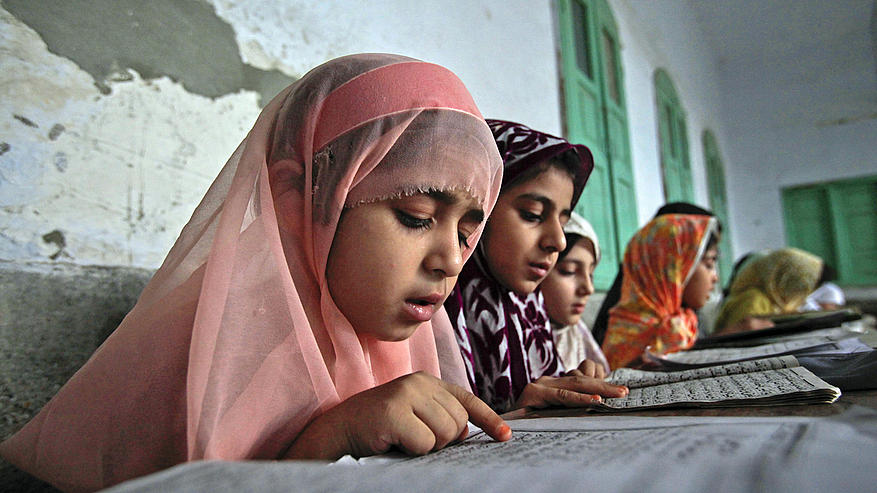Impact of Women Education on Society
Human capital theory recommends that pretty much as physical capital expands individuals' economic profitability, so human capital gained through education enhances the efficiency of people. Investigations of the sources of economic development show powerfully that education plays a unique part as an element in the ascent of yield per labourer. The new development speculations in place economics education and human asset improvement at the focal point of their clarification for long haul economic growth. Confidence has developed in the conviction that education influences economic development because numerous studies have demonstrated the positive connection between's a nation's educational exertion and its economic status, and causality has ascribed to education.
On the off chance that female schooling raises human capital, profitability, and economic development as much as the male school does, then women's weakness in education is economically wasteful. Research overall demonstrates that all in all, the economic advantages of women's education - figured as the economic rate of come back to education - are tantamount to those from men's education. Thus, from the perspective of economic productivity, the sex crevice in education is undesirable.

Social Impact
While the economic advantages of teaching young ladies are comparable in size to the economic regale of instructing young men, late discoveries propose that the social benefits of putting resources into female education are far more noteworthy than those from putting resources into male education. In particular, women's education affects the aggregate ripeness rate, the new-born child mortality rate, the female drawback in child survival, and on child health and sustenance. By differentiation, measurable investigations demonstrate that male schooling generally has much littler consequences for these critical social outcomes.
Also, locale per capita income, urbanisation, and the spread of restorative offices were not measurably critical determinants of aggregate fruitfulness rate. While these last three variables do affect child survival levels, their belongings were moderately little contrasted and the intense impact of female education.
Various studies have been done utilising family unit level information that affirms the discoveries from studies utilising total information. There is an inverse relation between's female schooling and ripeness in for all intents and purposes the greater part of the nations. However, the relationship is non-straight: women's education has an inverse connection with fruitfulness in about portion of the nations just yet optional female schooling is connected all around with lower richness and the quality of the connection increments with expanding years of schooling. Among ever-hitched women, spouse's education has no critical relationship with wealth in around 33% of the nations. Also, in situations where both women's and men are schooling matter, women's schooling applies a much bigger negative impact on ripeness than men's education.
An econometric investigation of this information recommended that in the wake of controlling for per capita income, female auxiliary school enrolment was an exceptionally noteworthy determinant of craved family size (and along these lines of the aggregate richness rate and populace development rate). Male school admission proportion, in any case, had no impact on craved family measure.
At last, an expansive collection of macroeconomic proof demonstrates that increments in women's education, for the most part, prompt increments in their power work investment and in addition in their earnings. Educated women's more noteworthy cooperation in labour market work and their higher profit are thought to be useful for their own status inside the family unit, and are useful for their children since it gives the idea that a more noteworthy extent of women's income than men's is spent on child goods.(16) On the drawback, it might be imagined that informed women's more noteworthy work power support removes them from their children for more timeframes (than is the situation for uneducated or less instructed women) and this may burden taught women's children through disregard. At present, this is a moderately unresearched issue. In any case, constrained proof recommends that children whose moms work have pretty much as great or preferable educational results over children whose moms don't work.
The discoveries in the studies referred to above are substantiated by national and worldwide studies. And they exhibit in the effective part of women's office and women's educational strengthening in diminishing coveted family measure, richness, populace development, child mortality, and sexual orientation predisposition in infant mortality. While in the meantime demonstrating that men's education mattered similarly less to these vital social results.
Education of women enhances child health as a result of instructed moms' more prominent information of the significance of cleanliness and necessary cures. it reduces down baby mortality, which thus implies that a family does not need countless with a specific end goal to support against the likelihood of premature demise of a few children. Further, it gives the idea that education of females expands the age at marriage (or at dwelling together) and through this postponement, brings down the aggregate ripeness rate, i.e. number of children ever destined to a woman.